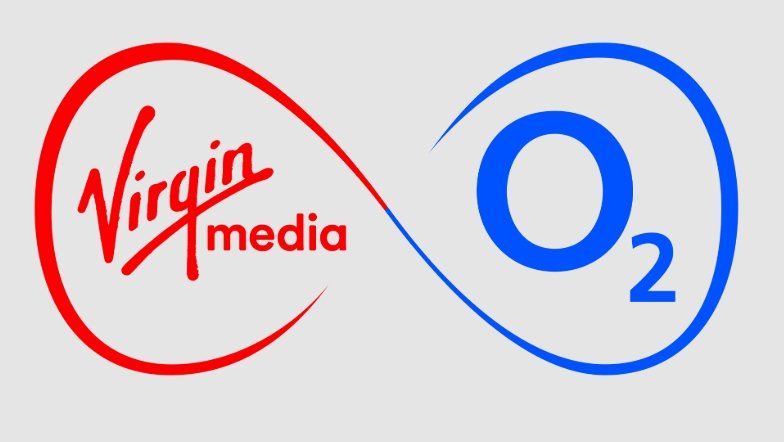Virgin Media O2 has expanded its 5G mobile network and gigabit broadband across Scotland, now covering more than half the population with faster connections. This move comes amid a £330 million investment in network upgrades, announced during a visit by First Minister John Swinney to the company’s new Lanarkshire office on November 28, 2025, aiming to bridge digital gaps in urban and rural areas.
Key Expansion Milestones
The company revealed that its 5G network reaches over 50 percent of Scotland’s people, a big jump from earlier coverage levels. This includes upgrades in more than 28,000 postcodes, focusing on better speed and reliability for everyday users.
Recent efforts also switched off the old 3G network in Scotland to free up space for advanced 4G and 5G services. This shift started in September 2025 and helps deliver smoother streaming and quicker downloads.
Virgin Media O2 claims to be the largest gigabit broadband provider in the region, serving over 1.5 million homes and businesses. This positions them ahead in the race for high-speed internet, especially as demand grows for remote work and online entertainment.

Investment Details and Impact
Virgin Media O2 poured £330 million into Scotland’s digital setup this year alone. This cash went toward building new infrastructure, like fiber cables and mobile towers, to handle rising data needs.
The upgrades promise speeds up to 19 times faster than Scotland’s average broadband. Families and businesses in places like Glasgow and Edinburgh now enjoy gigabit connections, cutting load times for videos and large files.
One standout project improved 4G and 5G along major roads, covering 590 miles across the UK, including Scottish routes. This helps drivers stay connected, supporting electric vehicle tech that relies on strong signals for navigation and charging info.
To show the scale, here is a quick look at coverage growth:
| Area | Coverage Percentage | Key Upgrades |
|---|---|---|
| 5G Population Reach | Over 50% | Standalone services in 54 towns |
| Broadband Homes | 1.5 million | Gigabit speeds available |
| Postcode Improvements | 28,000+ | Enhanced 4G and 5G signals |
Technological Innovations Driving Change
The launch of 5G standalone technology marks a fresh chapter. Unlike older setups that leaned on 4G, this pure 5G system offers lower lag and better capacity for devices like smart homes and virtual reality.
In Scotland, this tech rolled out in key spots, building on trials in England. It ties into broader UK plans, where Virgin Media O2 recently boosted motorway coverage to aid the shift to electric cars.
Experts note these steps align with global trends, where nations push for 5G to fuel economic growth. Scotland’s push echoes efforts in Norway and South Korea, where similar networks spurred innovation in health and education.
However, challenges remain. Rural areas still lag, with some spots facing spotty signals due to tough terrain. The company plans more builds to tackle this, learning from past projects that added coverage in remote highlands.
Community Benefits and Partnerships
Beyond tech, Virgin Media O2 teams up with the Scottish Government on social programs. They provide 1,200 refurbished smartphones to people in need through Citizens Advice, helping close the digital divide.
A free WiFi service for mobile libraries brings internet to underserved communities. This initiative supports learning and job searches, especially in areas hit hard by economic shifts.
First Minister John Swinney praised these efforts during his visit, stressing how better connectivity drives jobs and inclusion. He noted the role of all providers in building a connected Scotland, from city centers to islands.
These steps come at a time when digital access is vital, amid rising costs and remote learning needs post-pandemic.
Challenges and Competitor Landscape
Not everything is smooth. Questions arise about Virgin Media O2’s claim as the top gigabit provider, as rivals like Openreach have touted similar coverage in the past. Without fresh data from competitors, the full picture stays unclear.
Industry watchers expect responses from other operators, possibly with their own expansions. This competition could lead to better deals for consumers, as seen in recent price wars across the UK telecom sector.
Logical reasoning suggests that as 5G matures, prices might drop, making high-speed access more affordable. This mirrors patterns in the US, where widespread 5G adoption lowered costs over time.
Looking Ahead to Future Developments
Virgin Media O2 hints at more upgrades, including wider 5G standalone rollout and fiber extensions. These could transform sectors like healthcare, with faster networks enabling telemedicine in remote areas.
As Scotland eyes digital leadership, these investments set the stage for growth. Keep an eye on announcements from other firms, which might spark a new wave of innovations.
What do you think about these network boosts? Share your thoughts in the comments below and spread the word by sharing this article with friends facing connectivity issues.


















